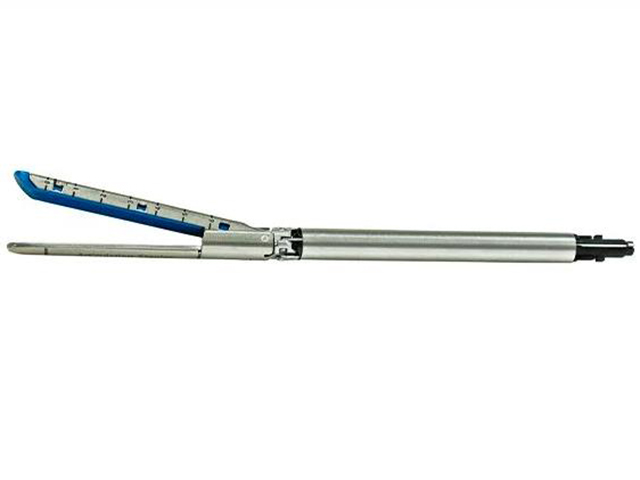Electric laparoscopic stapler surgery generally refers to laparoscopic stapler surgery, which includes patient preparation, anesthesia, establishment of artificial pneumoperitoneum, endoscopic insertion, surgical operation, stapler application, incision suturing, and postoperative recovery.

1. Patient preparation: Conduct general examinations, laboratory tests, and imaging examinations to evaluate surgical indications and risks. Patients are required to maintain an empty stomach for 8-12 hours before surgery to prevent aspiration during the procedure.
2. Anesthesia: General anesthesia is usually used, and the anesthesiologist selects the appropriate anesthesia plan based on the patient's condition. Anesthesiologists are responsible for maintaining stable vital signs of patients during surgery.
3. Establish artificial pneumoperitoneum: Prior to surgery, expose the peritoneum through an incision, and then insert an inflation needle to inject CO2 into the abdominal cavity. This can create a certain distance between the abdominal wall and abdominal organs, facilitating subsequent surgical operations.
4. Laparoscopic insertion: Insert the laparoscope into the body through an incision along the abdominal wall at an appropriate position. By using a light source and camera, the surgical process is transmitted to a monitor for real-time observation by doctors.
5. Surgical operation: Use surgical forceps, scissors, and other instruments under the endoscope for operations such as separation, peeling, cutting, suturing, etc. Depending on the specific situation, it may be necessary to remove or repair the lesion in the abdominal cavity.
6. Application of stapler: When it is necessary to anastomose incisions or suture organs in the abdominal cavity, doctors will use an electric stapler for anastomosis. The electric stapler can accurately suture, accelerate the operation process and reduce the risk of related complications.
7. Surgical completion and incision suturing: Determine whether the surgical goal has been achieved based on the intraoperative situation and surgical effect. If the treatment goal is achieved, the surgery will be terminated, and laparoscopic instruments will be removed one by one, and the incision will be sutured.
8. Postoperative recovery: After the surgery is completed, the patient will be sent to the postoperative observation room for close monitoring until vital signs stabilize and consciousness is restored. Follow the doctor's advice for postoperative care to reduce the occurrence of complications, and conduct follow-up to understand the patient's postoperative recovery status.